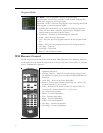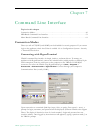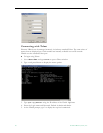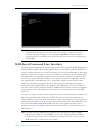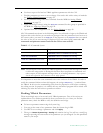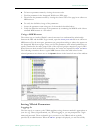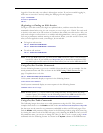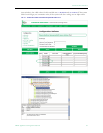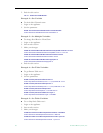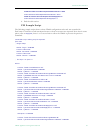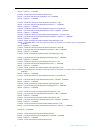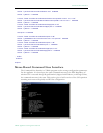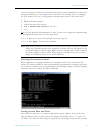
56 © 2008 VBrick Systems, Inc.
Applying Changes
The ApplySet command is used to apply changes. There is one ApplySet command per
program group in the MIB and the syntax varies slightly according to the group. Use this
command, for example vbrickSlot1ArchiveApplySet, to actually apply the change(s) you made
with an
SVAR or a STAB. An ApplySet is always written in the following format with the
trailing =2.
VBrick> SVAR vbrickSlot1ArchiveApplySet=2
It is important to note that some ApplySets can cause the VBrick appliance to send
unsolicited messages. For example, the appliance may reboot with the following message:
$!Rebooting …
Saving Changes
Once you are done, you must save to persistent storage if you want your edits saved in the
configuration file. Unless you save the configuration, any changes you have made will be lost
if the appliance reboots. A save is always written in the following format with the trailing
=2.
Note that some changes to the configuration will reboot the VBrick in which case you must
wait for it to reset.
VBrick> SVAR vbrickSysSaveConfiguration=2
Error Handling
Programming errors, for example syntax errors, illegal values, etc. display informational
messages in the CLI, for example $!ERROR=Value out of range. Other system or network
issues, for example a dropped connection or a failed save (see below) are shown in the System
Log (open IWS and go to
Status: System Log > Config to see the log). You can also detect
potential errors in advance by getting the value of various status parameters in the VBrick.
For example, if you are writing a script, you might want to check
Archiver State or FTP
Status
before you set parameters for a related task.



